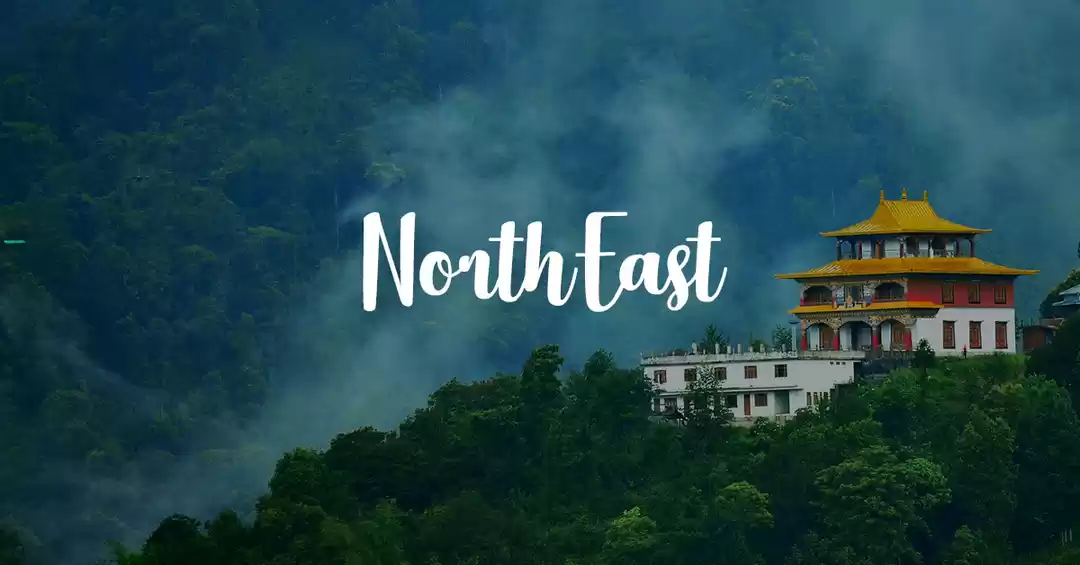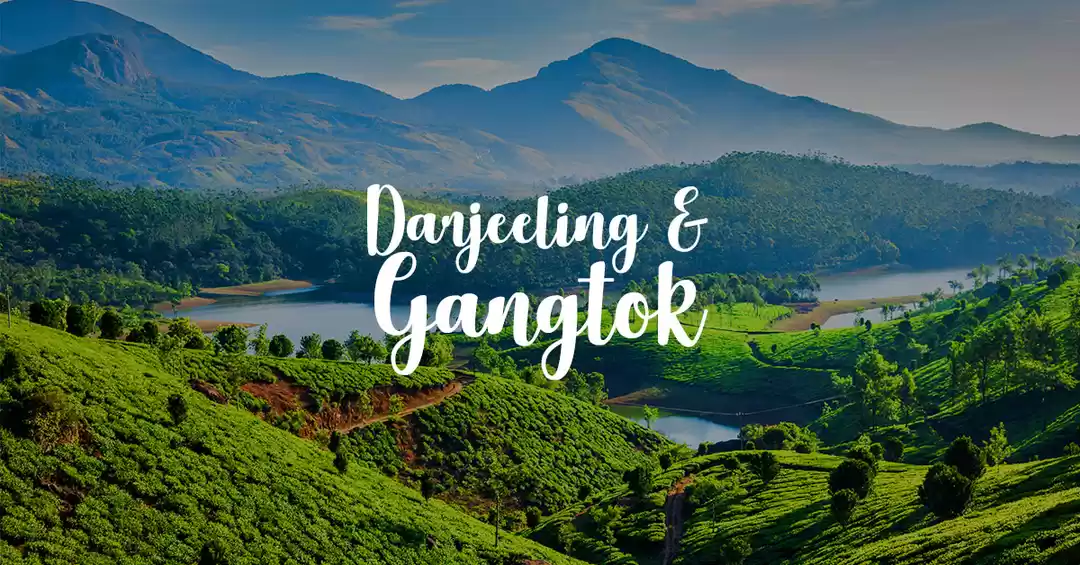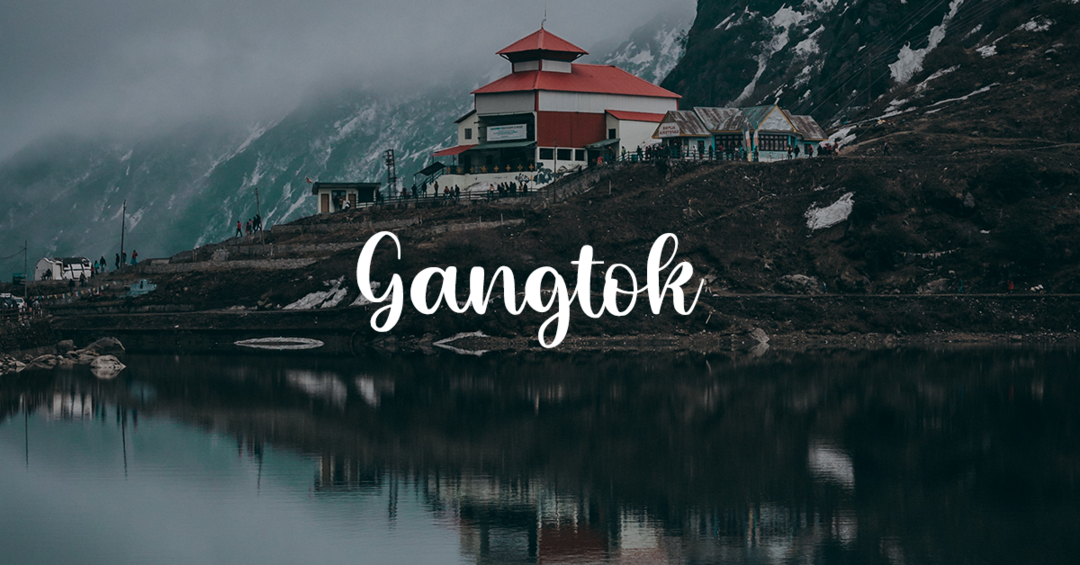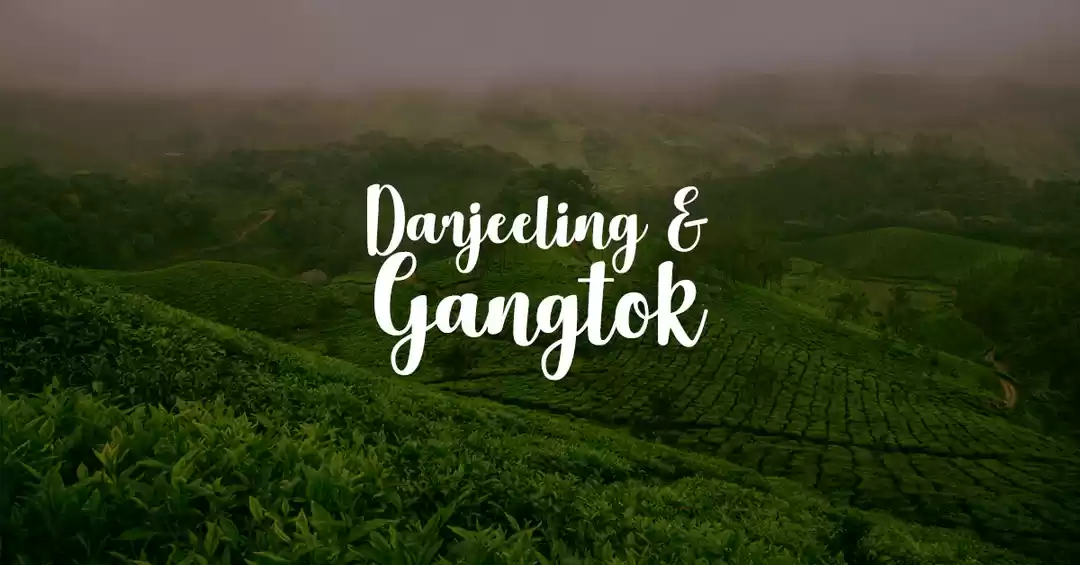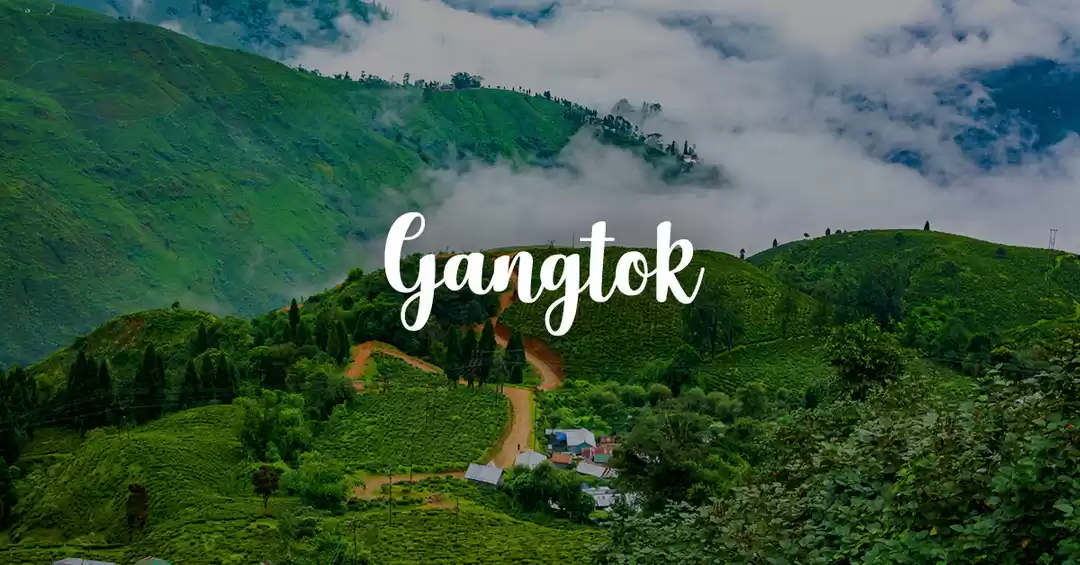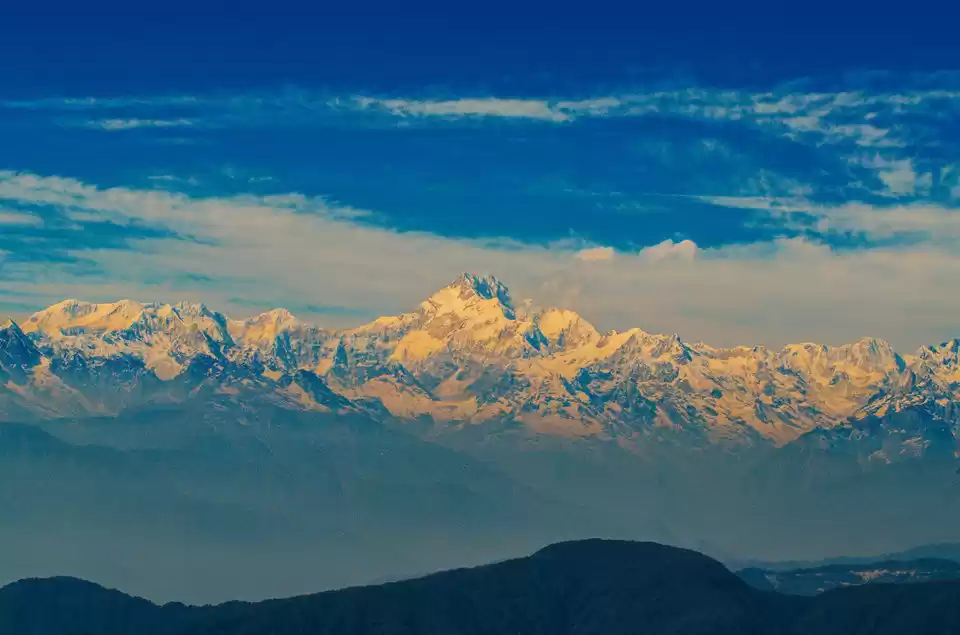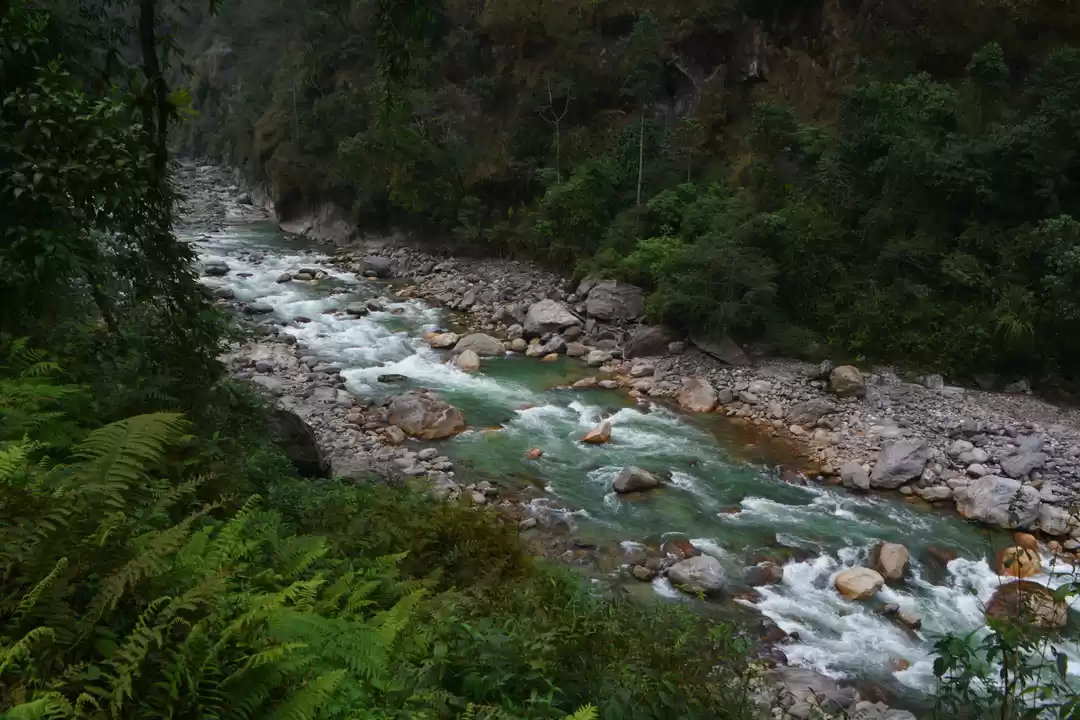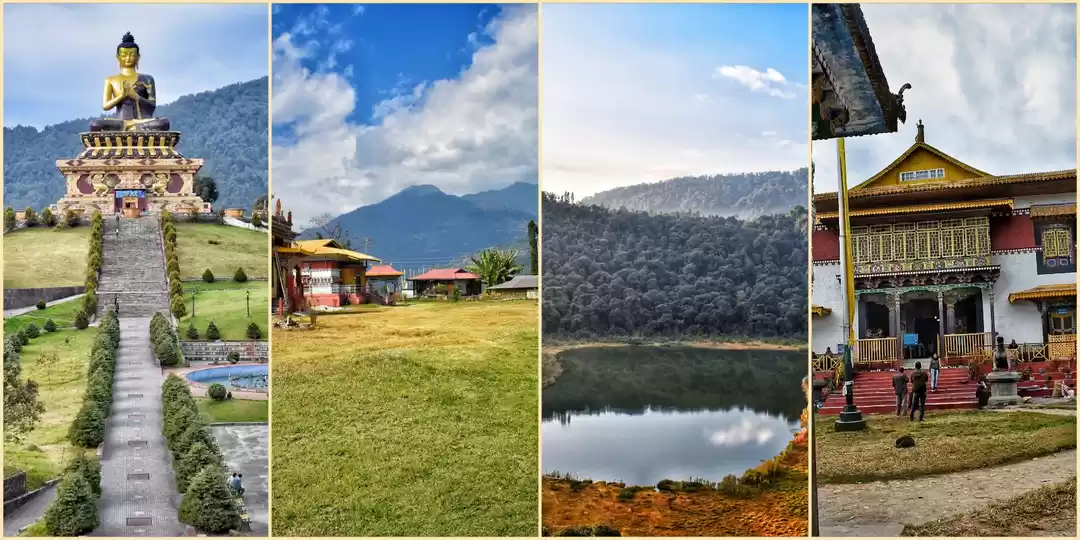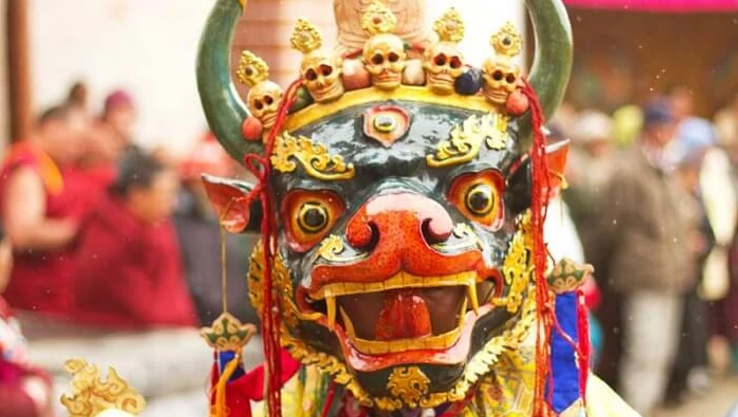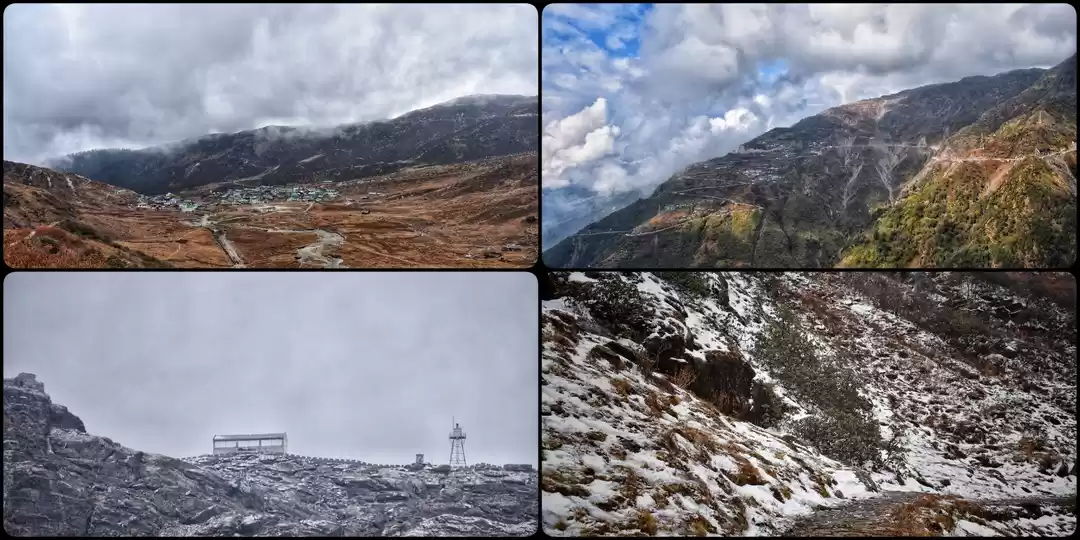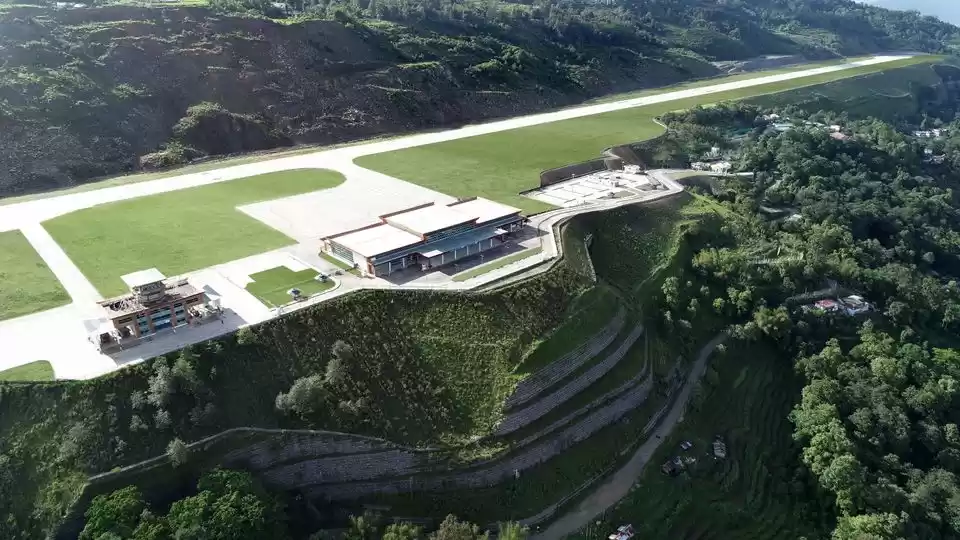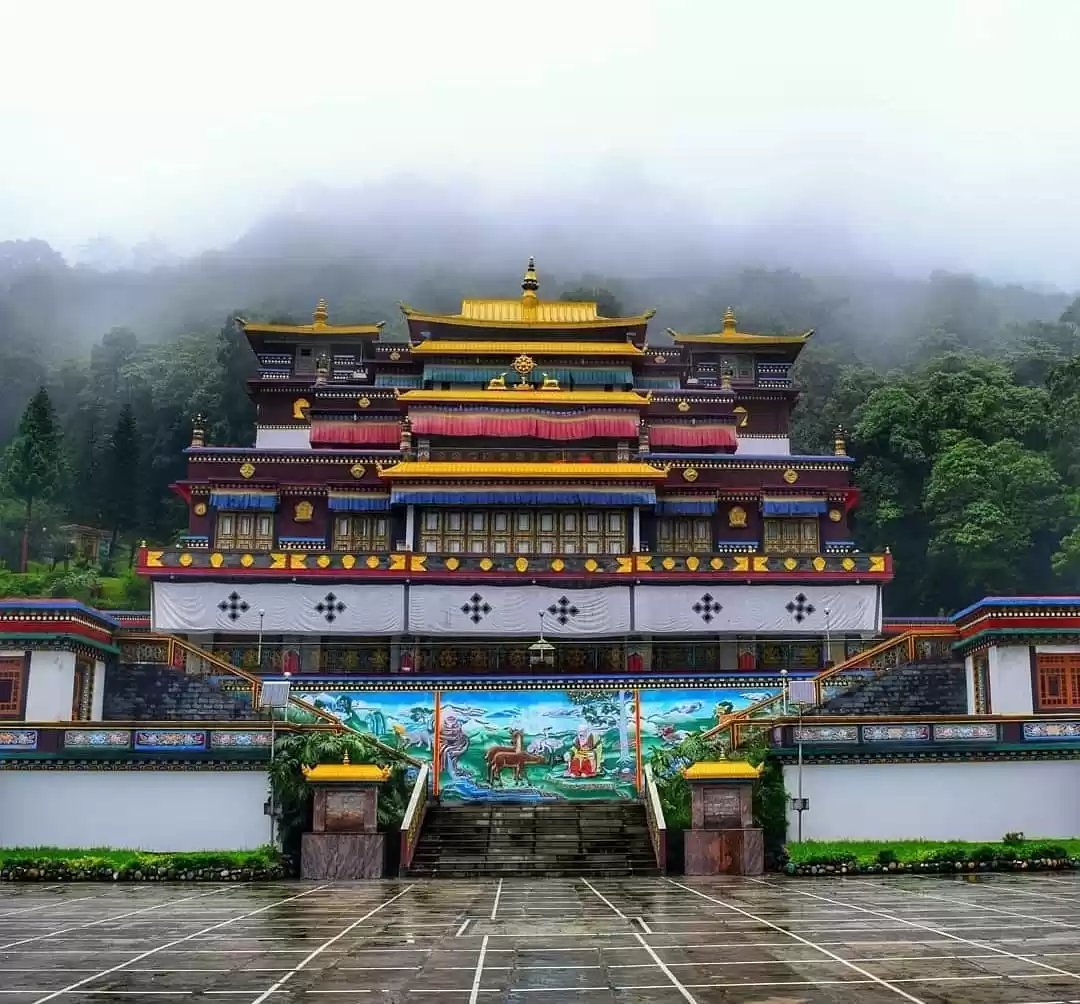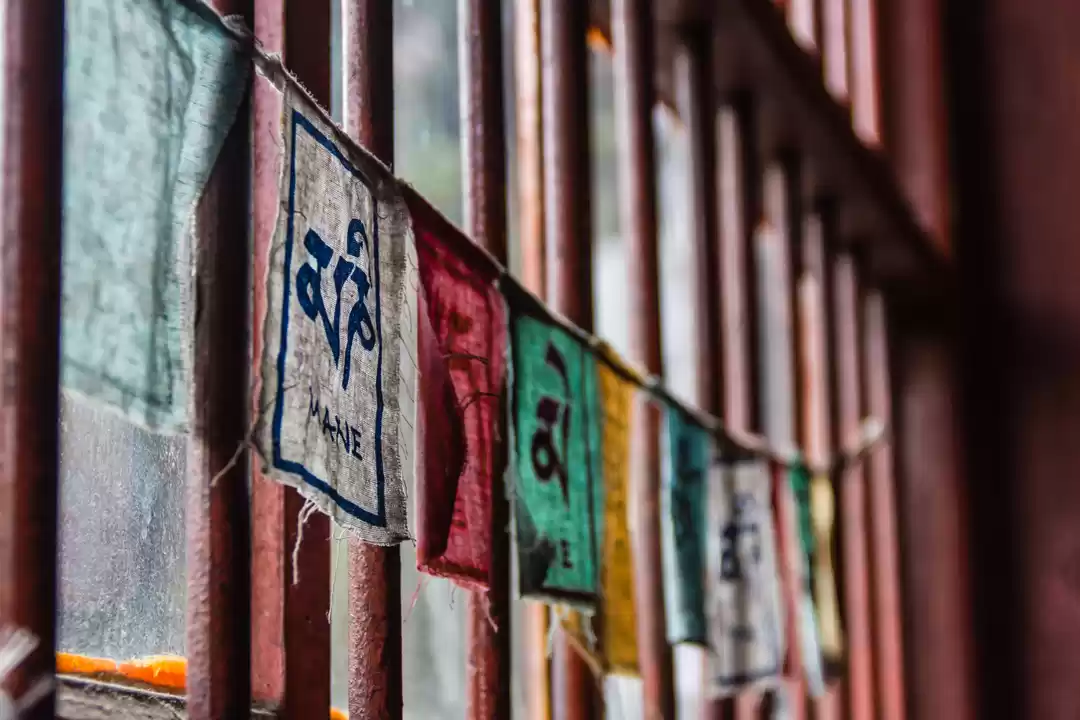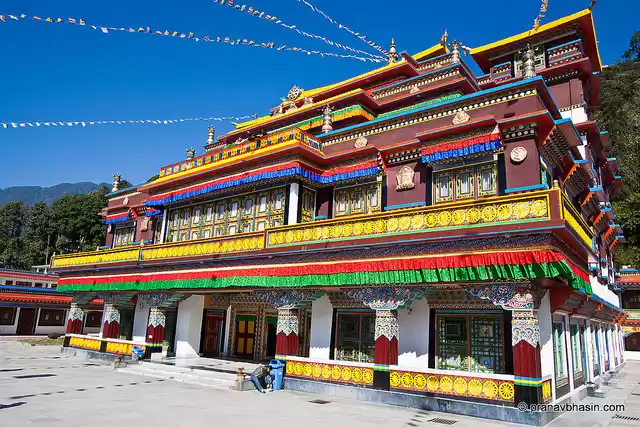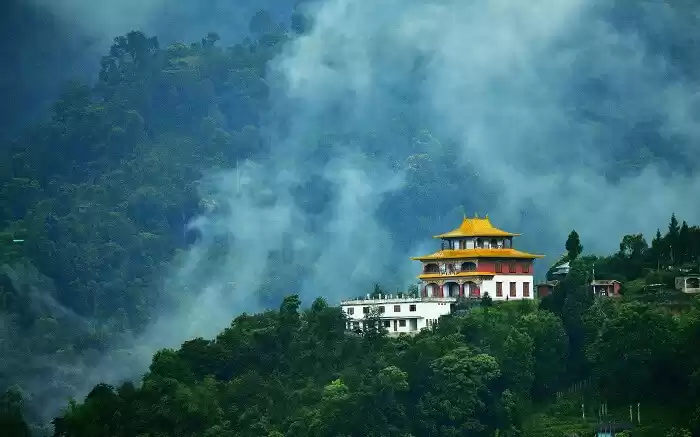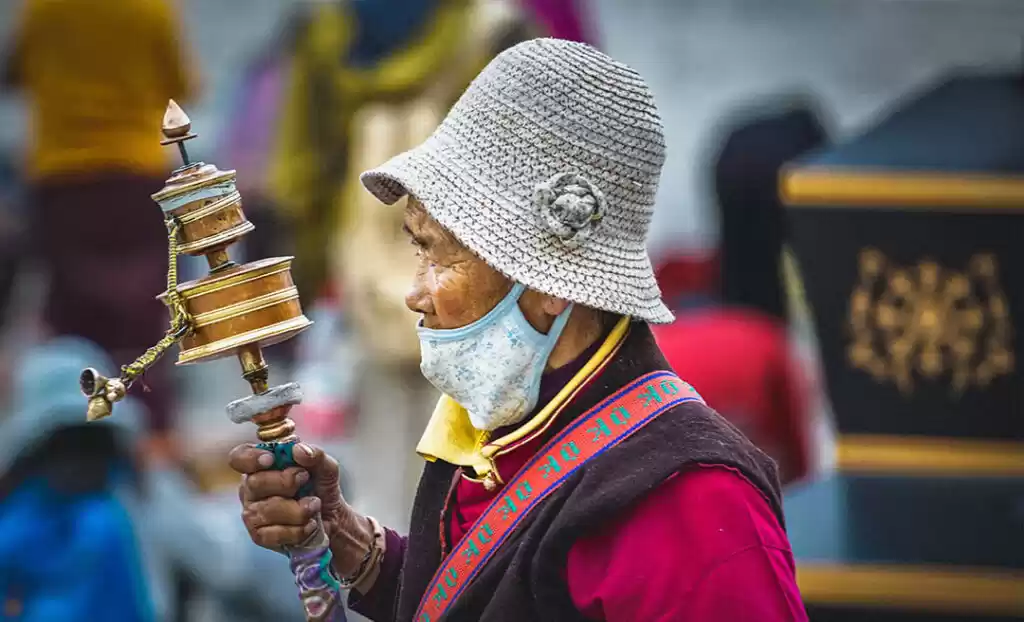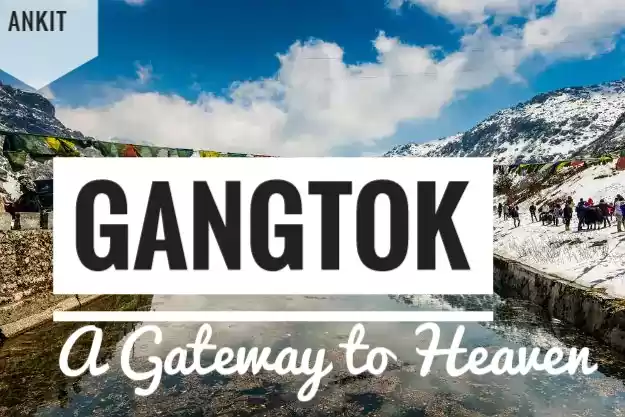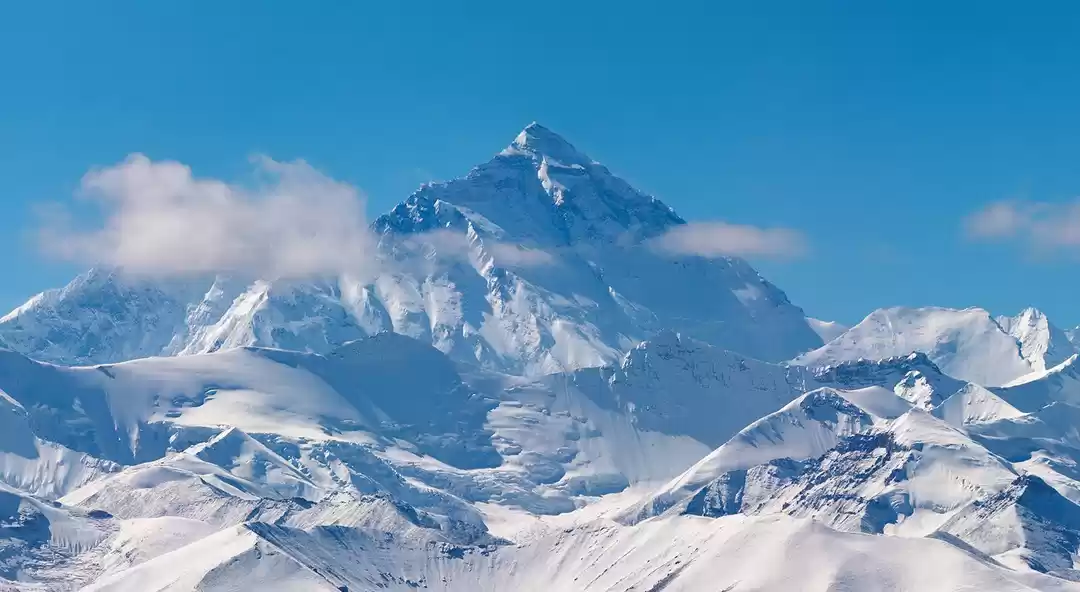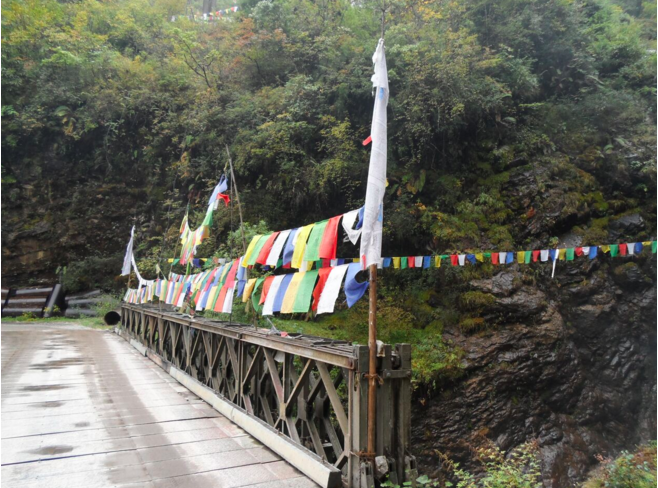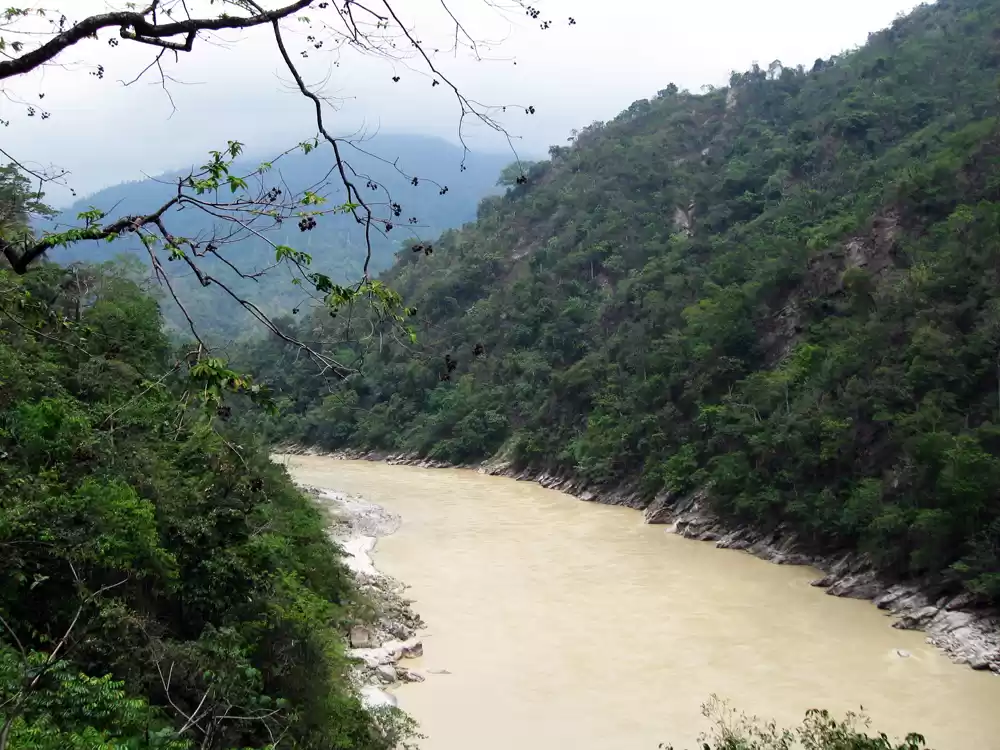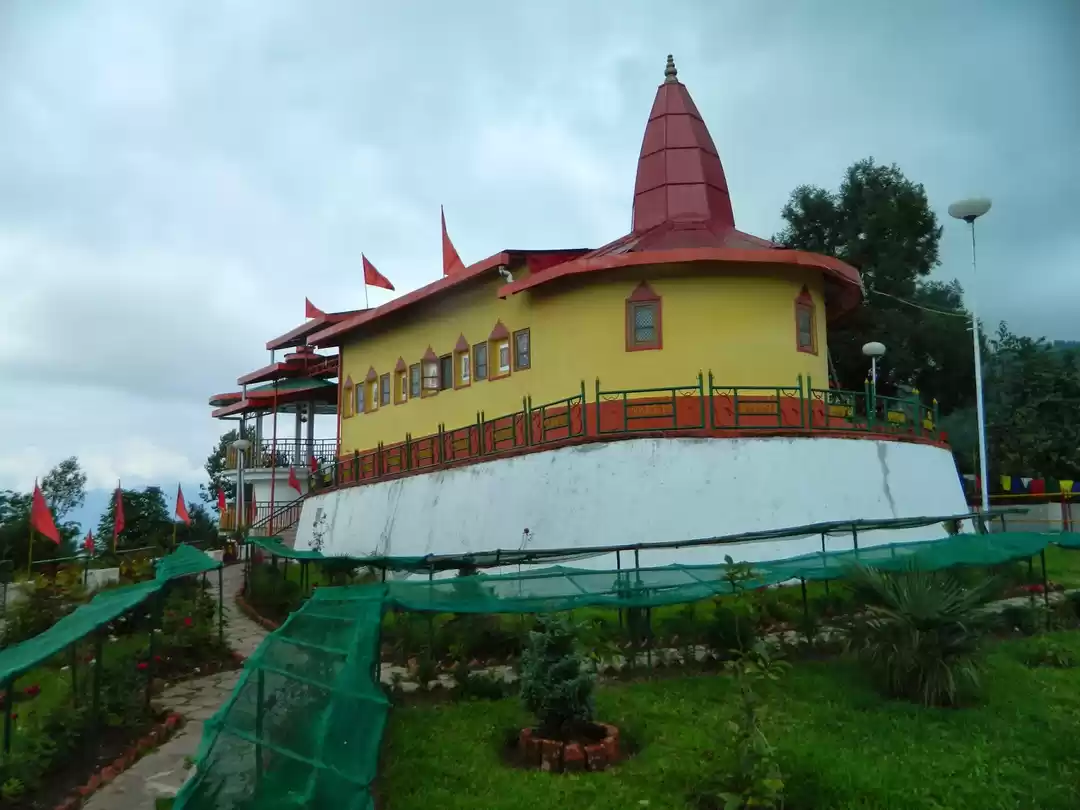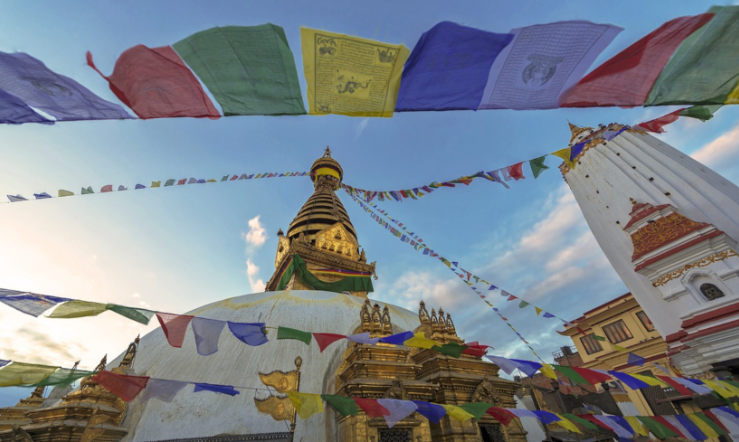
Sikkim, the second smallest state and least populated state of India, is truly other worldly. The cleanliness of the place with dustbins every 100 meters, even in villages, is commendable. Wandering around the streets of Sikkim is calming and peaceful but at the same time physically challenging because of the sloped mountainous terrain. Sikkim has mouth watering local delicacies and a culture that is so unique and beautiful.
However, I believe that Sikkim's charm truly lies in the spirituality and the magnificent history of its monasteries. The melodious sounds of chants and mantras, the smell of Himalayan incense and butter lamps burning, the beautiful architecture with intricate motifs and vibrant colors and the hundreds of crimson clad monks of all ages walking about is magical. And as if this is not enough, there are hundreds and hundreds of Buddhist flags all around the place which I believe is a spectacle of utter beauty. Each monastery has an unique story that is tied with its historic origins, and visiting one such monastery can definitely take you back centuries.
This is a list of the top ten most famous and loved monasteries of Sikkim.
Dubdi Monastery: A Buddhist shrine of the Nyingma sect of Tibetan Buddhism, Dubdi Monastery also known as Yuksom Monastery is located near Yuksom, Sikkim. Believed to be one of the oldest monasteries established in Sikkim, the Dubdi Monastery was built during the rule of Chogyal Namgyal in 1701. ‘Dubdi’ when translated to English means, ‘retreat’ and this name is very appropriate for this monastery due to its hilltop location in a dense serene forest which naturally takes you to a place of calm and peace. Images of saints, divinities and other religious articles, manuscripts and texts adorn the walls of this two layer high stone structure. The bell shaped dome on the top of the roof, also referred as “Gyaltshen” is a sacred location known as the Hermit’s cell. This title was given to this part of the monastery when Phuntsog Namgyal was crowned as the first King of Sikkim at Yuksom in the year 1642.
Rumtek Monastery: Seated on a hill overlooking the state's capital Gangtok, the Rumtek Monastery is one of the largest monasteries located in Sikkim. Founded in the early 16th century by the 9th Karmapa Lama of Sikkim, it was initially named as the Dharma Chakra Centre. Established in order to pass on and spread the teachings of Buddha, this shrine consists of an exquisite temple and a monastery for the monks to reside in. A very prominent aspect of this monastery is the location of the very famous and ancient Shri Nalanda Institute for Higher Buddhist Studies, a Buddhist college, right opposite to it. Pilgrims, many visitors as well as the presiding monks often perform Kora along the footpath that circles the monastery. A 16th century golden stupa is preserved at this monastery as well as many historic scriptures that belong to Tibetan monks who fled Tibet when it was annexed by China and took refuge in Sikkim.
Lachung Monastery: Situated bang opposite the banks of the Lachung Chu river, the Lachung Monastery is located in a very aesthetic area amidst a bunch of apple orchards. An edifice incorporated by the Nyingmapa sect of Buddhism in the year 1806 still stands tall today. This monastery also has an installation of Guru Padmasambhava’s statue to honour his memory as an individual believed to be one of the founding fathers of Buddhism in Tibet. The unique feature of this shrine is the fact that it is very vibrant and tiny, unlike other monasteries. The two prayer wheels which have dragons carved out of metal above it along with the two storied religious halls are the salient features of this monastery.
Tashiding Monastery: For one of the best views of snow capped mountains, this age old monastery is a must visit on a trip to Sikkim. Located between two scintillating rivers, i.e. Rathong and Rangit, this monastery was built in the 17th century by the Nyingmapa order on top of a hill. A strong belief of forgiveness is held within the walls of this monastery where it is often said that those who are willing to repent are deemed cleansed of all sin. This monastery also has its own festival called Bhumchhu, that takes place on the 14th and 15th day of the first month in Tibetan calendar. Prayer flags adorn the entire perimeter of the monastery, imparting a great deal of spirituality to the devotees, monks as well as visitors.
Phodong Monastery: Built by the Chogyal Gyurmed in the 18th century, this monastery belonging to the Karma Kagyu sect of Tibetan Buddhism is a very important shrine to Sikkimese religion, spirituality and culture. A serene view of deep valleys and towering mountains is the reason why this monastery is very popular among visiting tourists, it also holds some very beautiful paintings and murals that give you insight into the culture of 18th century Sikkim. An earthquake destroyed the original building of the monastery, however, it was reconstructed by the Lamas in the late 1900’s making the monastery grander than it stood earlier.
If you do want to go off the beaten path there are hundreds of local monasteries and some hidden monasteries as well. I had the privilege of visiting two while at Rinchenpong which were absolutely gorgeous. Hope this article inspires you to visit a monastery soon.



